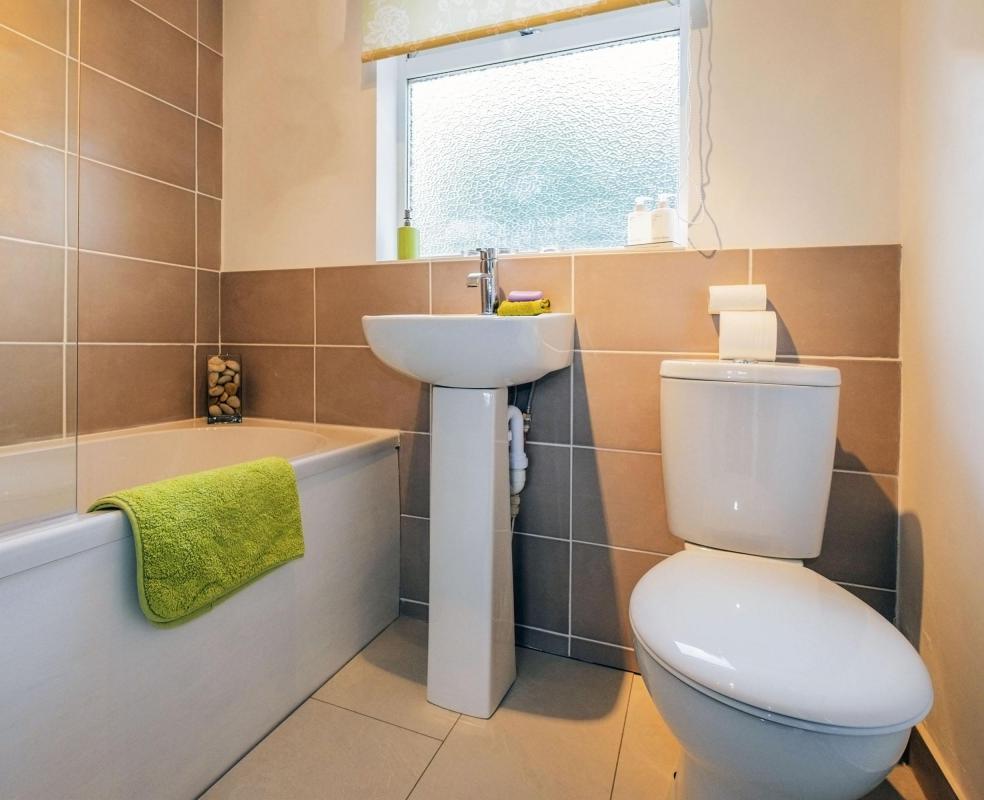At HomeQuestionsAnswered, we're committed to delivering accurate, trustworthy information. Our expert-authored content is rigorously fact-checked and sourced from credible authorities. Discover how we uphold the highest standards in providing you with reliable knowledge.
What is Bathtub Resurfacing?
Bathtub resurfacing is a process that revitalizes and restores the surface of a bathtub without having to replace the entire fixture. It is often done by removing the remainder of the finish on the tub, and then adding a fresh coat of an acrylic material that reseals the old, damaged surface. The process generally costs much less than replacing the tub.
The process of resurfacing can be done on a wide variety of bathtub surfaces. Whether the tub itself is porcelain, marble, or fiberglass, it is generally possible to resurface it rather than having to replace it. Over the years, cleaning chemicals and deposits from the water can strip the finish off the surface of the tub. This can make it next to impossible to keep clean, and it can become infested with mildew.

The first step to bathtub resurfacing is generally to completely clean any buildup that has occurred on the surface, ensuring that mold and mildew will not continue to multiply under the new surface. At the same time, any of the old finish left on the tub is also removed. This may take the application of some chemical compounds to completely and thoroughly strip and clean the tub.

At this point, any damage to the tub's surface can be fixed. This makes it possible to resurface almost any bathtub, even those that have been cracked or chipped with wear, making the procedure an option for almost any bathroom, no matter how old. Patches and filler are sanded down to create a smooth surface for the finish to adhere to.
Most times, bathtub resurfacing involves the application of a final layer to seal the tub and make it watertight. This is usually an acrylic spray, which is applied in such a way that overspray is minimized. This final layer makes the bathtub watertight again, as well as easier to clean and maintain.
Bathtub resurfacing can be done to update the look of the tub as well as make it easier to clean. Many services offer different color acrylic layers, which allow for changing the color of the tub to suit a remodeled bathroom. Remodeling a bathroom can be an expensive task, and instead of removing and replacing a bathtub, simply resurfacing it can save a considerable amount of money. In addition to the monetary advantage of bathtub resurfacing, replacing a tub may be a messy and difficult process, whereas resurfacing can save time and aggravation.
AS FEATURED ON:
AS FEATURED ON:












Discuss this Article
Post your comments